How to care for a peace lily — 7 simple tips for healthy houseplants
With this pro advice on how to care for a peace lily, you can keep yours looking its best all year


Learning how to care for a peace lily is easy with the right know-how. In fact, their unfussy nature is one of the reasons they're so popular with new and experienced plant parents alike. Their large, glossy leaves and elegant white flowers are big selling points, too.
While it doesn't take much to keep peace lilies alive, there are a few things you can do to make them truly flourish. According to our houseplant experts, these include watering them correctly, increasing humidity levels, and choosing a suitable type of soil. The right lighting and temperature are also important.
Follow these top tips and you can keep your peace lily looking green and gorgeous. In time, you may even decide to propagate it, to get more of your favorite indoor plants for free.
How to care for a peace lily in your home
Although peace lilies are easy houseplants, the following advice will ensure yours thrives.
1. Choose well-draining soil
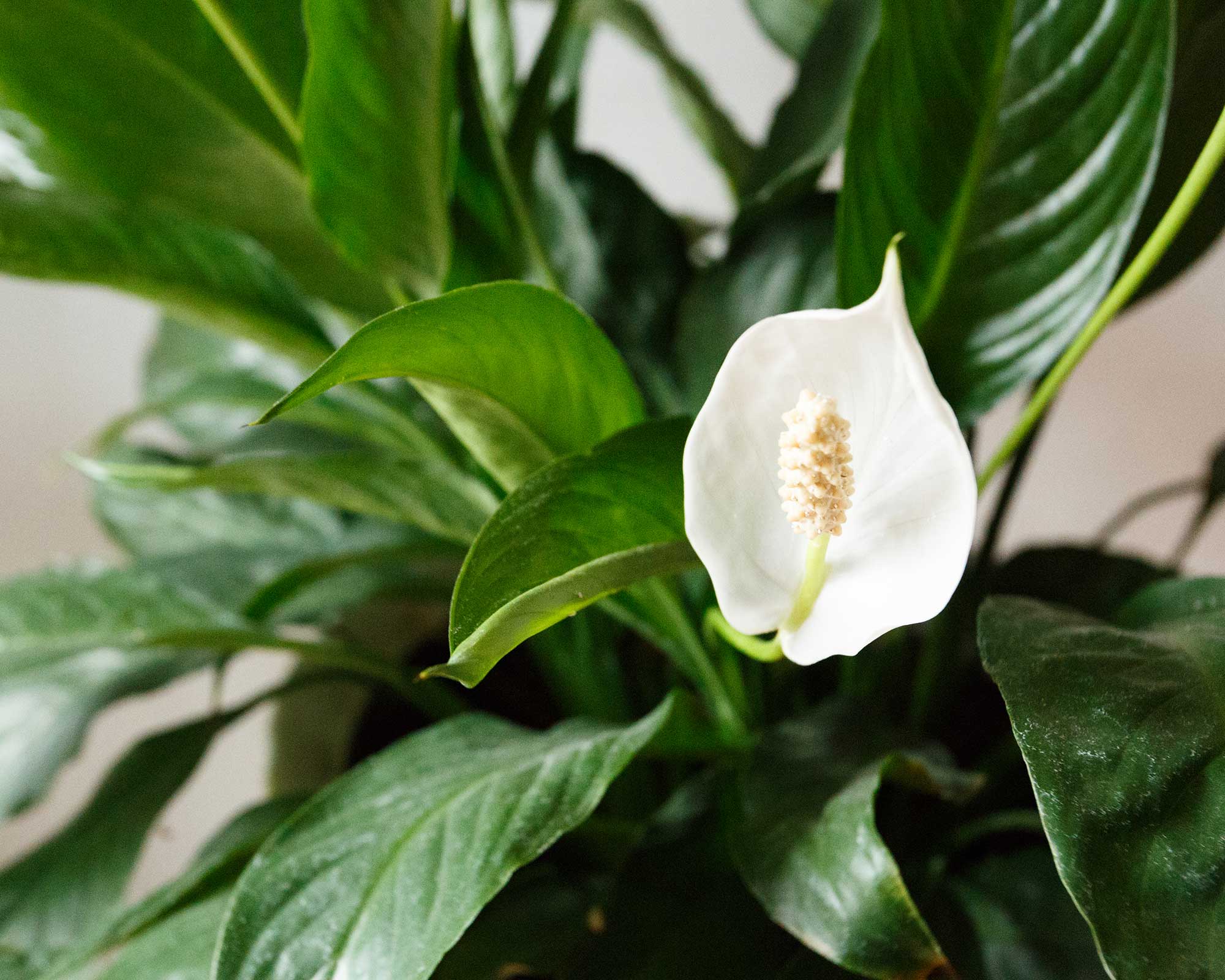
Julia Omelchenko, a resident botany expert at Plantum, says, "When it comes to the growing medium, go with one that's fertile, properly aerated, and well-drained." She recommends adding coarse sand and perlite to the mix to improve the drainage further.
This premium all-purpose potting mix from Harris at Amazon could be combined with Perfect Plants Nursery's organic perlite and a coarse sand, such as this one from Amazon, for example.
Julia also suggests placing a layer of drainage material — such as expanded clay pebbles or gravel — at the bottom of the pot, before you add your potting mix and peace lily. You could try these organic expanded clay pebbles from Halatool at Amazon, or this well-rated gravel, also from Amazon.
Get small space home decor ideas, celeb inspiration, DIY tips and more, straight to your inbox!
2. Water regularly
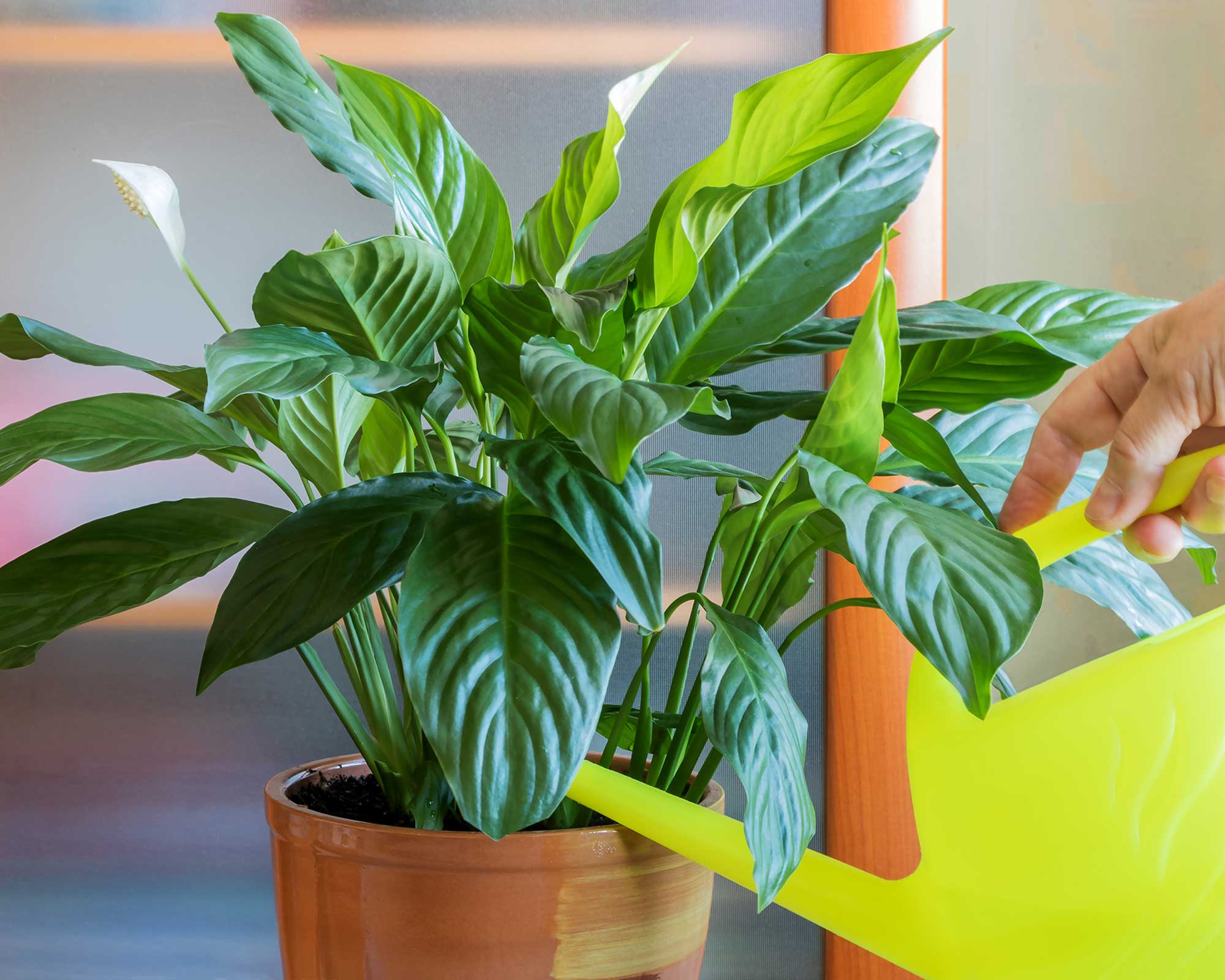
Getting the watering routine right is an essential part of caring for houseplants.
For peace lilies, Julia says, "Keep the growing medium slightly moist at all times, allowing only the topsoil to dry off slightly."
A lack of water can cause peace lily leaves to droop. But if this happens, Kiersten Rankel of Greg, a houseplant-care app, says not to panic. "They’ll perk back up a few hours after a drink," she says.
This rose glass watering can from Terrain is the perfect tool for the job, and super stylish, too.

Kiersten Rankel is a certified Louisiana Master Naturalist and regularly volunteers with local community gardens and nonprofits to help restore critical ecosystems along the Gulf Coast. In her spare time, she enjoys hiking and tending to her 150+ houseplants and vegetable garden.
Julia recommends using filtered, soft, lukewarm water on your peace lily. It will need a drink about twice a week in summer, she says, but less in winter. She says, "Note the optimal watering frequency will vary depending on the size of the pot and ambient growing conditions."
Julia also points out that you should avoid water logging your plant. This is the same for many houseplants, including when caring for fiddle leaf figs. Paris Lalicata, a houseplant expert from The Sill, says, "You can utilize a moisture meter (available at The Sill) to help you properly gauge soil moisture and avoid overwatering."

Paris has been with The Sill for almost five years and heads up Plant Education and Community. A self-taught plant expert with over 10 years experience growing houseplants, she currently maintains an indoor garden of more than 200 plants in the northeast. Her passion is making plant care more digestible for budding plant parents and sharing the many benefits of having plants indoors.
3. Avoid direct sunshine
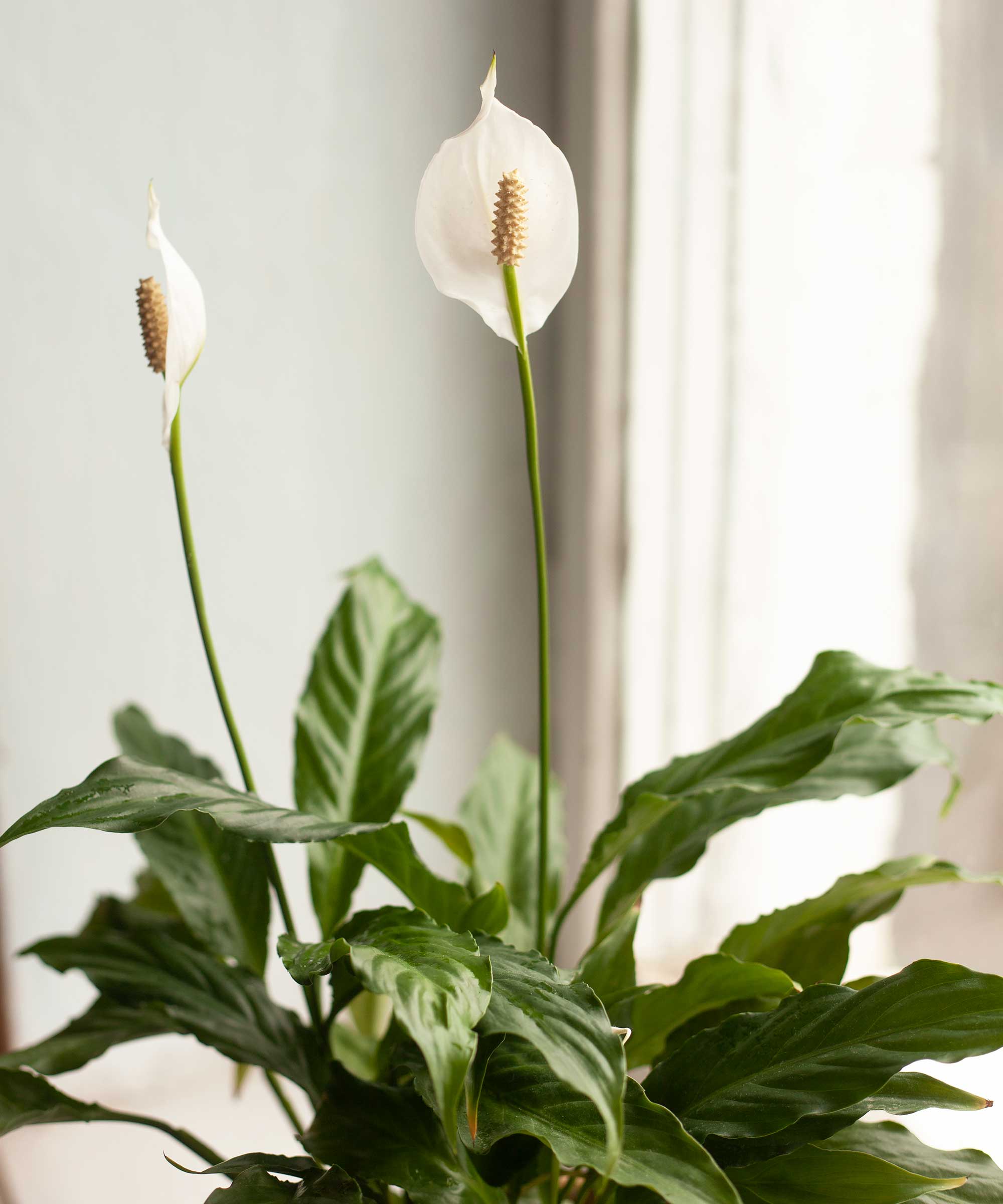
"Since these plants naturally grow in the shade of trees, filtered light will suit them best in a home setting," Julia says.
She advises choosing a spot with plenty of bright, indirect light. Direct sun exposure may scorch the delicate foliage, she adds. This is similar to caring for Chinese money plants.
Paris says an east or west-facing window would be ideal, but a diffused south-facing window can also work, as long as the plant doesn't receive afternoon direct sunlight. "While they can tolerate lower light from a north window, it may hinder the plant's ability to produce flowers," Paris adds.
4. Create humidity

"In the wild, the plants of this genus grow on the banks of water bodies in tropical climates," says Julia. In the home, it's no surprise that upping the humidity level around them is beneficial.
You can do this by misting the plants regularly (we love these glass misters from Amazon), or by placing a humidifier (such as the Levoit design, also from Amazon) nearby. If you have more than one tropical houseplant, clustering them together can also help to raise humidity levels.
5. Don't let it get too cold

Julia says, "The optimal temperature range for this plant is 65–80°Fahrenheit." Avoid conditions below 59°Fahrenheit and cold drafts, as they'll stress the peace lily, she warns.
"Refrain from growing a peace lily next to any heaters, as they dry out the air," she adds.
6. Prune when needed
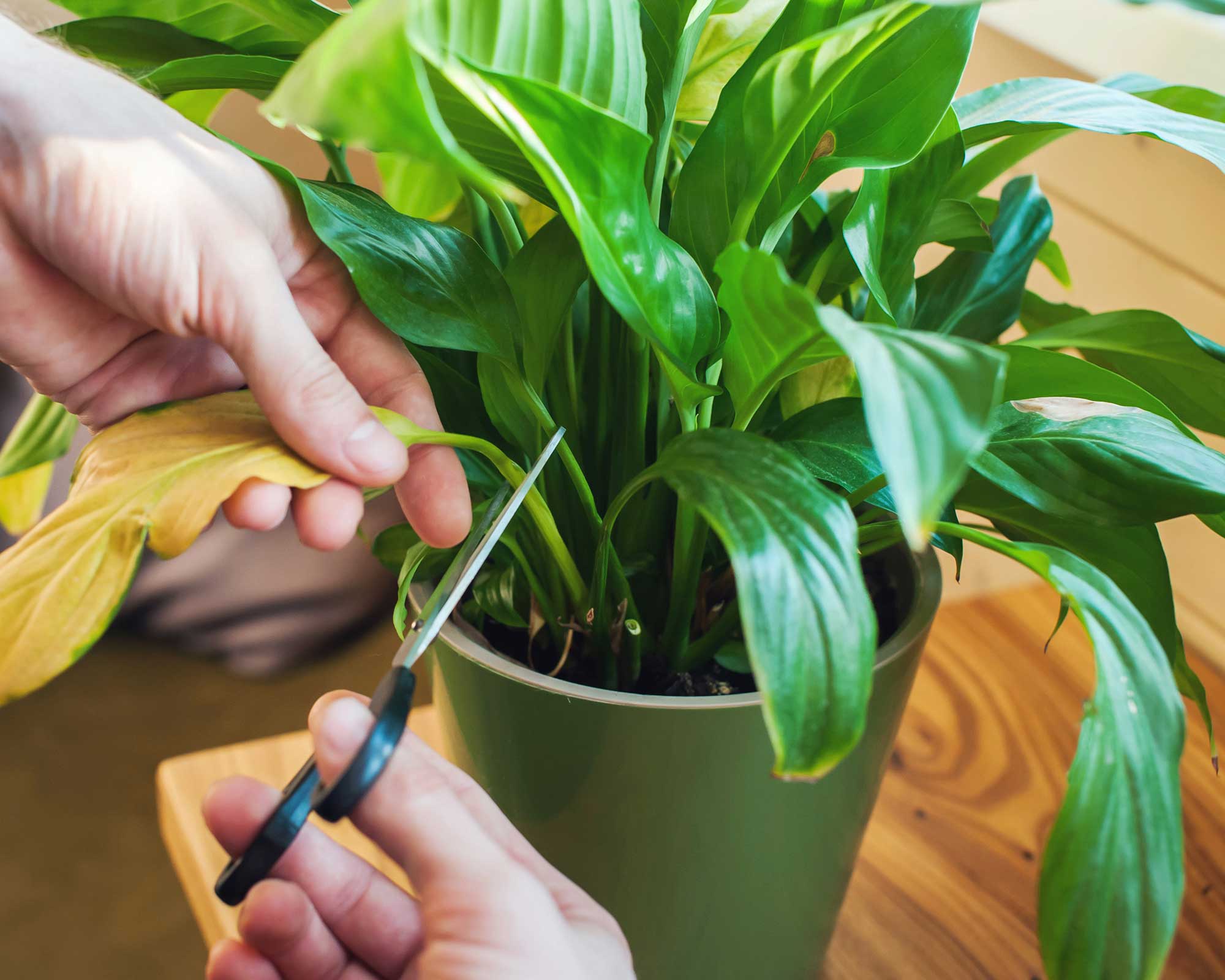
Peace lilies are generally medium-sized and can be great houseplants for small spaces, such as desks or side tables. However, some varieties can grow large over time and are better suited to pots on the floor.
In any case, pruning can help keep your peace lily in good shape. Overly leggy stems can be removed, while deadheading spent flowers will encourage healthy new growth.
Brown or yellow leaves can also be trimmed off. Make your cuts right down at the base of the plant, at an angle, using sharp and clean scissors or pruners.
Remember to wear gardening gloves (we love this pretty bee-print pair from Terrain) as peace lilies can irritate the skin.
When pruning any houseplant, avoid removing too much healthy growth at one time, as this can cause unnecessary stress.
7. Fertilize it when it's growing

Kiersten says, "Work some indoor plant fertilizer or compost into the potting mix roughly once or twice a year."
Do this when the plant is actively growing — usually during the warmer months — so it can fully utilize the nutrients. This can encourage strong and healthy growth, as well as flower production.
This indoor plant food from Perfect Plants Nursery is an easy-to-use option and can be used on your other houseplants, too.
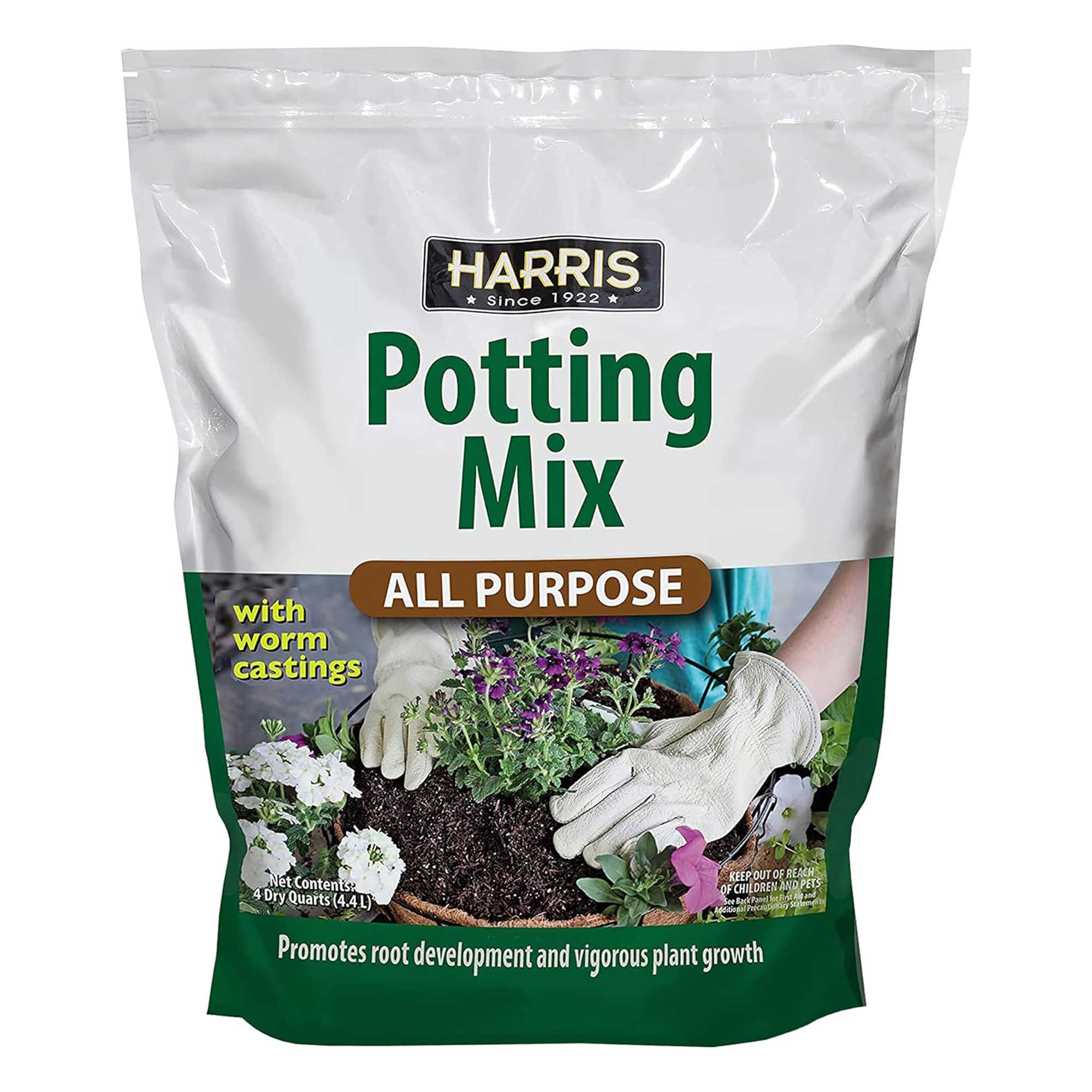
This well-draining soil from Harris includes worm castings, which are full of beneficial nutrients for plants. It can be used for both indoor and outdoor pots.
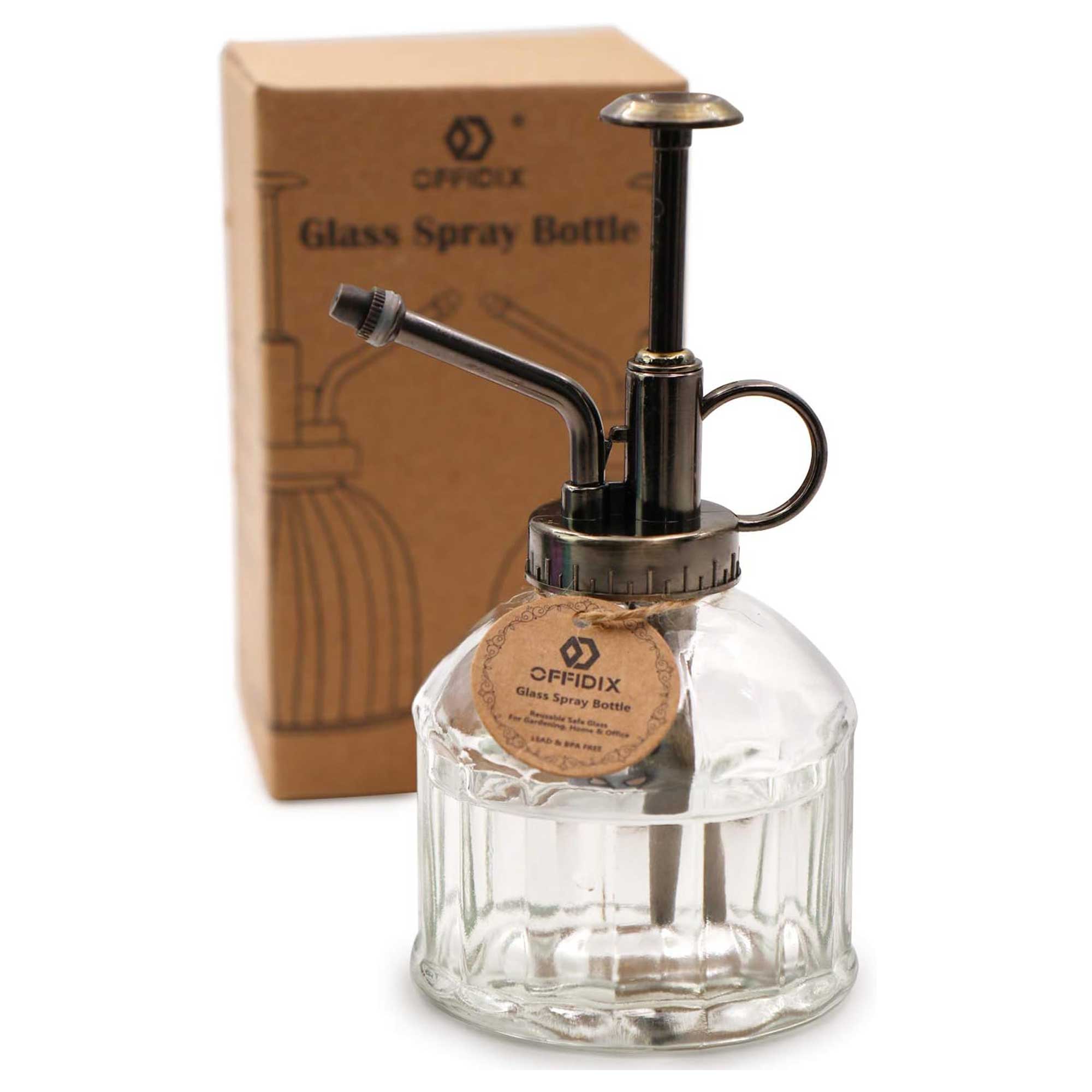
This stylish mister is perfect for upping the humidity around your peace lily. It's available in dark green, olive green, purple, blue, and transparent.

These quality pruners feature a titanium steel blade and non-slip handles. They're ideal for tidying up any leggy stems or discolored leaves on your peace lily.
FAQs
Why won't my peace lily flower?
The stunning white flowers, which are actually spathes, are one of the reasons these plants are so well-loved. So, if yours isn't growing any, it's easy to feel disheartened.
Paris and Kiersten agree that a lack of flowers is usually caused by low light. Low humidity or temperature issues can also hinder blooms, Paris adds. Check the growing environment and make adjustments if possible.
Also, peace lilies won't flower until they're mature – it can take two or three years for a young plant to first bloom.
How do you propagate peace lilies?
You can propagate a mature peace lily by dividing it up into clumps, making sure there's a healthy root system and leaves attached to each section. These can then be potted up individually where, over time, they will grow into full-sized plants.
Should I clean the leaves of my peace lily?
Gently wipe your peace lily's leaves with a soft, damp cloth on occasion to remove any buildup of dust. Not only will it make it look better, but it will also make it easier for the leaves to absorb sunlight.
If you're looking for a leafy pal to keep your peace lily company, why not opt for a spider plant, too? It's another low-maintenance choice that looks equally stunning – and can also produce flowers if the conditions are right.

The garden was always a big part of Holly's life growing up, as was the surrounding New Forest, UK, where she lived. Her appreciation for the great outdoors has only grown since then; over the years, she's been an allotment keeper, a professional gardener, and a botanical illustrator. Having worked for Gardeningetc.com for two years, Holly now regularly writes about plants and outdoor living for Homes & Gardens.
In her spare time, Holly loves visiting local English gardens and is particularly fond of relaxed cottage-garden schemes. She also loves prairie-style planting – the tapestry effect of grasses mixed with drought-tolerant blooms never ceases to delight her. Always happiest around plants, when she isn't swooning over gardens, she's looking after her ever-growing collection of houseplants and arranging seasonal flowers in her apartment to paint.
